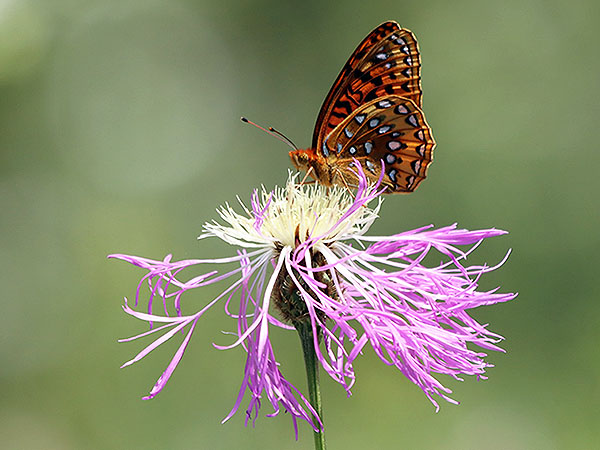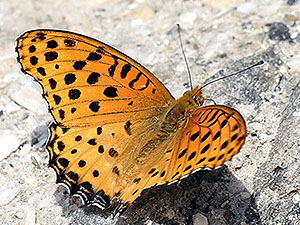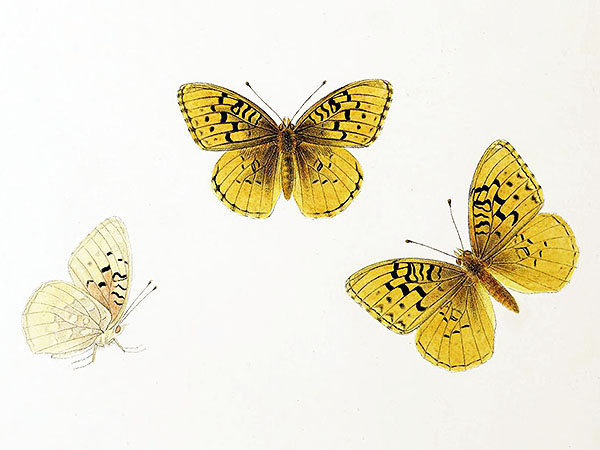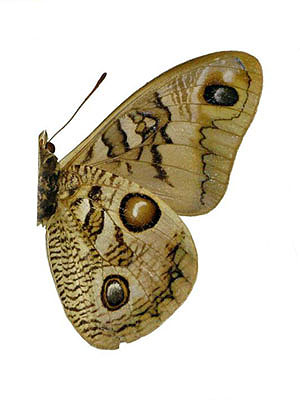Wenona Fritillary (Argynnis nokomis ssp. wenona)
The Wenona Fritillary was described in 1945 as a subspecies of the Nokomis Fritillary (Argynnis nokomis (W. H. Edwards)); it was restricted to Nuevo Leon, northeastern Mexico
The form was last recorded sometimes during the 1970s and is now considered most likely extinct. [1]
***
The photo below shows another subspecies of that species, the Bluish Nokomis Fritillary (Argynnis nokomis ssp. coerulescens W. Holland), which occurs in parts of Mexico as well as in the southern USA.
***
syn. Speyeria nokomis ssp. wenona Dos Passos & Grey
*********************

Photo: Javier Cruz Nieto
https://www.inaturalist.org/people/lorospericos
https://creativecommons.org/licenses/by-nc/4.0/
*********************
References:
[1] Gerald Selby: Great Basin Silverspot Butterfly (Speyeria nokomis nokomis [W. H. Edwards]): a technical conservation assessment. USDA Forest Service, Rocky Mountain Region 2007
*********************
edited: 13.09.2019








